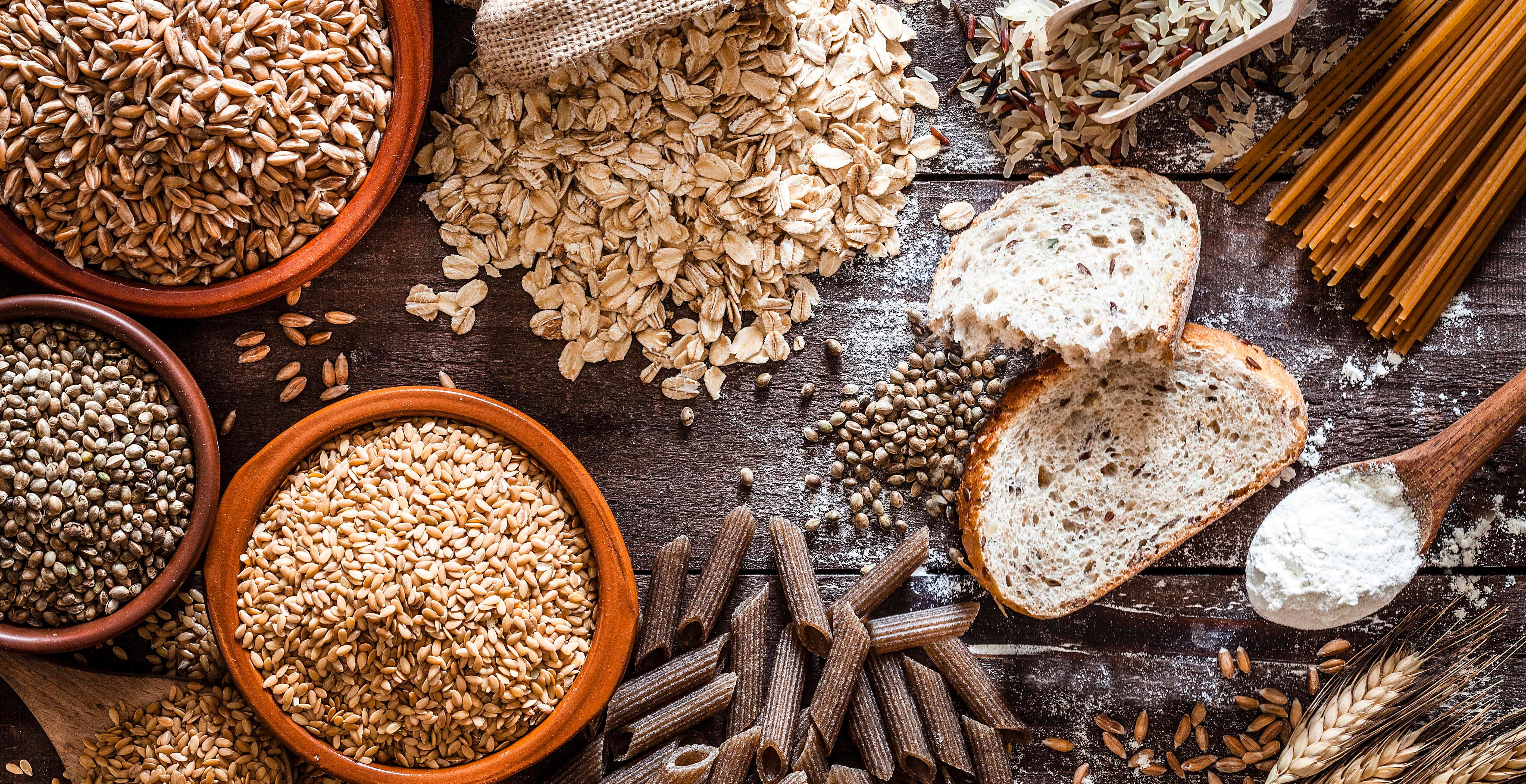

If you’re searching for more reasons to consistently include high-fibre foods in your meal plan, then look no further than this introductory article all about roughage and where to find it. Why is fibre so important in the first place? Regular fibre consumption has been linked to an improvement in a wide range of health conditions, with regularity being only one of many reasons to eating plenty of fibre-rich foods.
Why do we need fibre?
Fibre helps keep your digestion regular, it lowers LDL “bad” cholesterol levels and it can help regulate blood sugar. Fibre intake is also associated with a reduced risk of heart disease, certain types of cancer, and type 2 diabetes. Another bonus to eating a fibre-rich diet? Eating plenty of high-fibre foods is associated with healthier eating habits and weight loss.
Types of fibre
Insoluble fibre cannot be broken down during the digestive process. Fruits, vegetables, and whole grains tend to be examples of insoluble fibre. Insoluble fibre helps keep you regular and can help with constipation.
Soluble fibre absorbs water, develops a gel-like consistency and slows down the digestive process. Soluble fibre is linked to cholesterol reduction and blood sugar regulation. It is most often found in oats, lentils, nuts, seeds, and psyllium husk (an ingredient often used in fibre supplements.)
How much fibre do you need?
Dietary fibre requirements vary depending on several factors, including age and gender. The following recommended daily values are based on information from Unlock Food, an official Dietitians of Canada website.
Women (aged 19-50) – 25 grams
Women (51 and over) – 21 grams
Pregnant women – 28 grams
Breastfeeding women – 29 grams
Men (19-50) – 38 grams
Men (51 and over) – 21 grams
How to incorporate high-fibre foods into your diet
It’s easy to incorporate high-fibre foods into your eating plan, especially when many of them also happen to be on the list of zero Points® Points foods. As a general rule of thumb, plant-based ingredients such as legumes, leafy greens, fruits, vegetables, and whole grains and cereals are good sources of both soluble and insoluble fibre. Avoid fibre supplements whenever possible as they’re usually aimed specifically at relieving constipation and are lacking in additional vitamins and nutrients that are naturally-occurring in high-fibre foods.
- Become best friends with berries: Berries can contain up to 10 grams of dietary fibre per 1 cup serving (over a third of the average recommended daily value!) Try adding fresh and frozen berries to yogurt parfaits, smoothie bowls, oatmeal, and on top of ice cream or frozen yogurt.
- Fall in love with pulses: The pulse family includes chickpeas, lentils, beans, and dried peas and cooked pulses can contain up to 10 grams of dietary fibre per ½ cup serving. Use mild pulses such as cannellini white beans, chickpeas and split peas as the base for creamy dips, tweaking the flavour with tahini, spices, citrus juice, garlic, and fresh herbs.
- Become a green goddess: In addition to their already nutrient-rich profile, leafy greens and green vegetables are also an excellent source of dietary fibre (a single 1 cup serving of cooked greens can contain up to 9 grams of fibre!) Green vegetables can be added to any meal, any time of the day; a couple handfuls of spinach thrown into your morning smoothie, a hearty kale salad for lunch and a big pile of roasted broccoli offers plenty of deep umami flavour with dinner.
- Get creative with fibre-rich bran cereals: Bran cereals can contain an entire day’s recommended daily value of fibre, but they aren’t necessarily known for their great taste. Try using crushed bran cereal as a coating for chicken or turkey in place of traditional breadcrumbs and add plenty of dried garlic, smoked paprika and Italian seasoning for extra flavour (this topping can also be used on top of casseroles and gratins.)
- Experiment with whole grains: With some types of cooked whole grains containing up to 8 grams of fibre per serving there’s every reason to regularly include grains in your meal plan. Whenever a recipe calls for white rice try experimenting with a more nutritionally dense whole grain such as quinoa, bulgur or even black or red sticky rice. Add frozen vegetables, a cup of cooked pulses and a jar of salsa to a sturdy whole grain. Transfer to a casserole dish, top with cheese and bake in a moderate oven for 30-40 minutes, uncovered.
